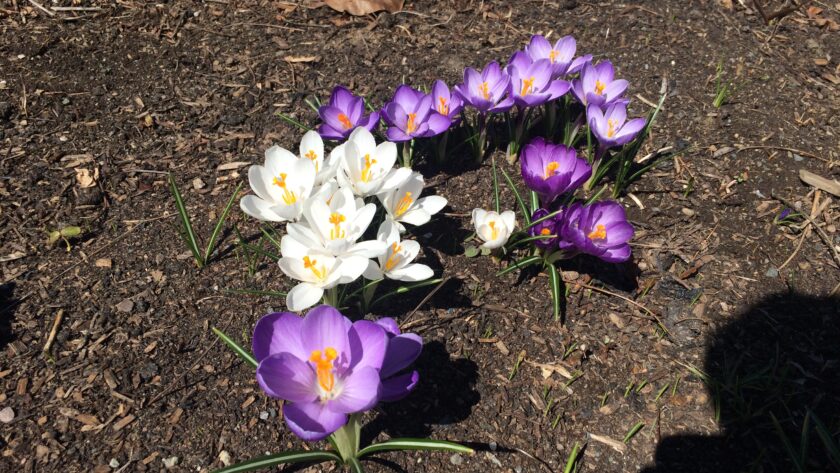As noted in my last blog post, maranasati (death contemplation) can be used to develop samatha (tranquility meditation). In order to do this, make sure you’re relatively well grounded in your practice. If death contemplation brings up strong feelings for you that you can’t manage, it will not lead to tranquil states – quite the opposite. Re-read the safety instructions on this website. This is not a task for the faint of heart.
That said, if your biggest obstacle to tranquility/concentration states is a kind of slackness of mind from insufficient samvega, this is a good method to right that imbalance and develop tranquility states.
To proceed, do the following: make sure you’re good and familiar with one or more death contemplations. After following the instructions, focus in a relaxed manner on the main aspect of the practice – for instance, in Death as Ever-present, after going through the contemplation thoroughly, focus on the being you’ve imagined. For Death by Comparison, focus on recognition of sameness in death, etc. If you do any contemplation for a good amount of time, the proper focus will likely become obvious. The manner of focus should be relaxed, as if gathering the mind together rather than trying to exclude or push away other thoughts. I sometimes tell people to imagine inviting the parts of the mind that are distracted to come join you in focusing on the object. There is the traditional metaphor of making a ball of soap from soap powder — or maybe the more familiar metaphor of kneading dough. You want to make one cohesive ball without any bits outside of the ball. So don’t push anything away. This is different than the usual tendency to try to exclude everything else. Exclusion won’t work here.
If you do this properly and thoroughly, an experience of nimitta (sign) will arise. This can be experienced in a variety of ways, but usually involves a sense of balanced and deepened focus and relaxation in which the hindrances to deep concentration are temporarily at bay. Some teachers describe visual or sensory experiences, like a ball of white light or a sense of after-image of the meditation object. Don’t worry too much about this. The important part is that the mind is balanced, focused, and not distracted — the hindrances to deep concentration are temporarily at bay. Buddhaghosa indicates that death contemplation can only be used to obtain access concentration, not deeper states of jhana (deep concentration or tranquility), but keep in mind that access concentration is nothing to shake a stick at. Once you’ve reached this state of tranquility, continue by engaging in vipassana in that state. That is to say, with some amount of attention on the experience of the sign, watch the arising and passing away of sense phenomena, being aware of the three marks.


